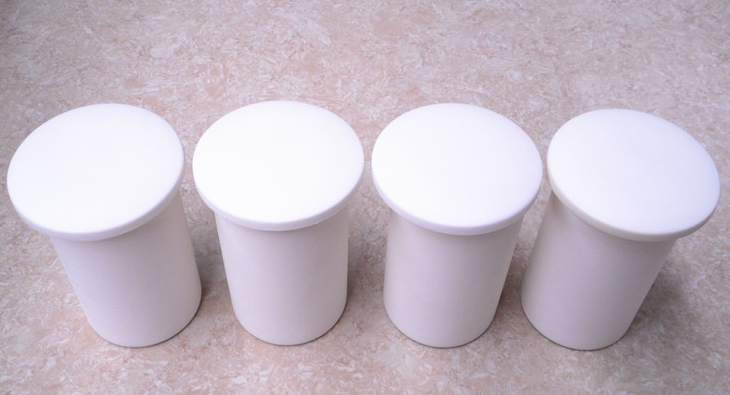- 13
- Nov
Alumina crucible function
Alumina crucible function
When there is a solid to be heated by a high fire, a crucible must be used. When the crucible is in use, the crucible cover is usually placed on the crucible obliquely to prevent the heated objects from jumping out, and to allow air to enter and exit freely for possible oxidation reactions. Because the bottom of the crucible is very small, it generally needs to be placed on a mud triangle to be directly heated by fire.

The crucible can be placed upright or inclined on the iron tripod, and it can be placed by itself depending on the needs of the experiment. After the crucible is heated, it should not be placed on a cold metal table immediately to prevent it from cracking due to rapid cooling. Do not put it on the wooden table immediately to avoid scalding the table top or causing a fire. The correct method is to leave it on an iron tripod for natural cooling, or place it on an asbestos net to let it cool slowly. Please use crucible tongs for the crucible.
When a solid is heated by a high fire, a crucible must be used. When using a crucible, the crucible lid is usually placed on the crucible obliquely to prevent heated objects from jumping out and to allow air to enter and exit freely for possible oxidation reactions. Since the bottom of the crucible is very small, it is usually placed on a mud triangle to be directly heated by fire.
The crucible can be placed upright or tilted on the iron triangle support, and can be placed on its own according to the needs of the experiment. Do not place the crucible on a cold metal table immediately after heating to avoid it from breaking due to rapid cooling. Do not put it on the wooden table immediately to avoid scalding the table top or causing a fire. The correct method is to leave it on an iron tripod for natural cooling, or place it on an asbestos net to let it cool slowly. Please use crucible tongs for the crucible.
Natural corundum is almost pure alumina. Artificial corundum is made by sintering pure alumina at high temperature. It is resistant to high temperatures, has a melting point of 2045°C, has high hardness, and has considerable corrosion resistance to acids and alkalis.
